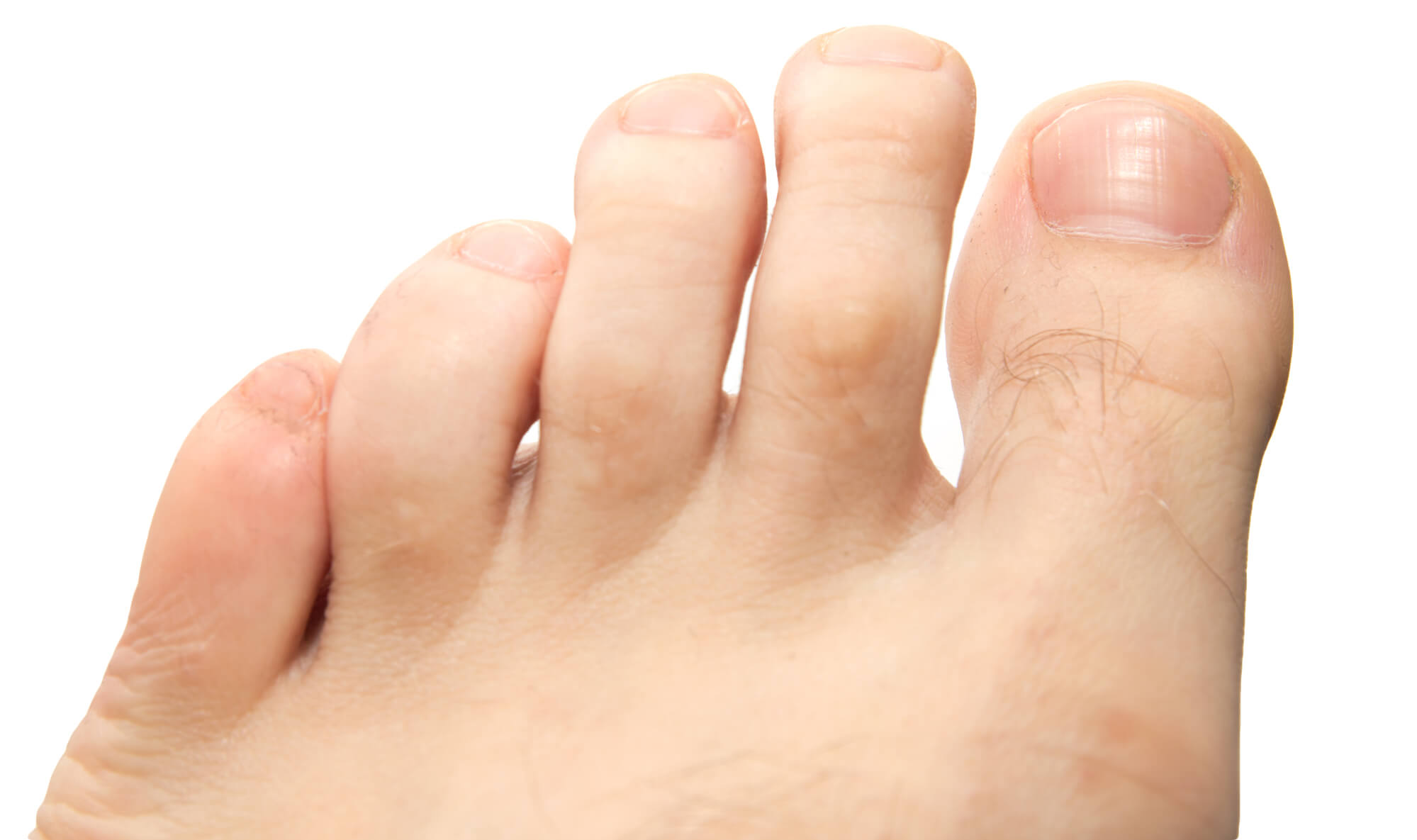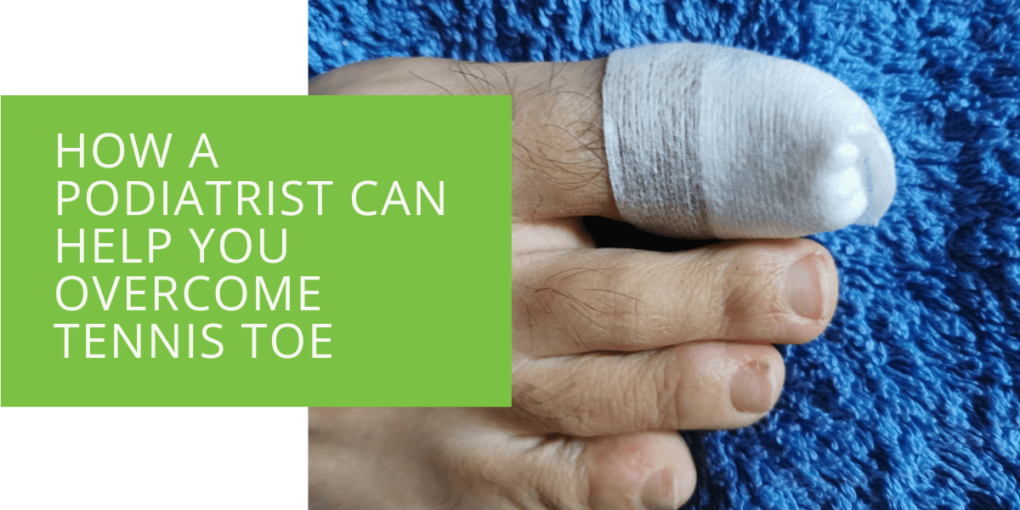How a Podiatrist Can Help You Overcome Tennis Toe
Tennis is a sport that requires intense physical activity and puts a lot of strain on the feet and ankles. As a result, tennis players are at risk of developing various foot injuries, one of the most common being tennis toe. Tennis toe, also known as subungual hematoma, is a condition in which a blood blister forms under the toenail due to repeated friction of the toes against the front of the tennis shoes. This condition can cause pain, swelling, and difficulty in walking, making it challenging for tennis players to perform well on the court.
This article will discuss the causes, symptoms, diagnosis, and treatment of tennis toe, as well as preventive measures that can be taken to reduce the risk of developing this condition. We will also highlight the importance of seeking help from a podiatrist in treating and preventing tennis toe. Whether you are a seasoned tennis player or just starting out, understanding the causes, symptoms, and treatments of tennis toe is crucial for maintaining good foot health and preventing potential foot injuries.
Causes of Tennis Toe
Several factors contribute to the development of tennis toe, including:
Overuse Injuries
Playing tennis can put a lot of strain on your feet, and overuse can lead to several injuries, including tennis toe. The repetitive motions and impacts associated with playing tennis can cause the toenails to become damaged, leading to a subungual hematoma.
Poor Footwear
Wearing inappropriate footwear is another common cause of tennis toe. Shoes that do not provide enough support or have a tight toe box can put unnecessary pressure on the toes, leading to injury.
Improper Foot Mechanics
Incorrect foot mechanics can also contribute to the development of tennis toe. If you have flat feet or overpronation, the repetitive motions associated with playing tennis can put additional strain on your toes, leading to injury.

Symptoms of Tennis Toe
The symptoms of tennis toe can vary depending on the severity of the injury. Some common symptoms include:
Pain and Discomfort
Pain and discomfort are the most common symptoms of tennis toe. The pressure caused by the subungual hematoma can cause significant pain in the affected toe.
Swelling and Bruising
Swelling and bruising are also common symptoms of tennis toe. The affected toe may become swollen and bruised due to the buildup of blood under the toenail.
Difficulty in Walking
Tennis toe can also make walking difficult, as the pain and discomfort can affect your gait. This can make it difficult to play tennis, run, or engage in other physical activities.

Diagnosis and Treatment
A podiatrist will diagnose tennis toe through a physical examination and diagnostic imaging, such as an X-ray or MRI. The following are the most common:
Physical Examination
During the physical examination, the podiatrist will carefully examine the foot and ankle, looking for any signs of injury. They may also ask the patient about their symptoms and medical history and conduct tests to determine the range of motion in the affected foot.
Diagnostic Imaging
In some cases, the podiatrist may order diagnostic imaging tests such as X-rays or MRI scans to get a better view of the bones, tendons, and ligaments in the foot and ankle. This will help to determine the extent of the injury and any underlying conditions contributing to the pain.
Non-Surgical Treatment
In most cases, non-surgical treatment is recommended for tennis toe. This may include:
- Rest: Taking a break from activities that are causing pain is an important first step in treating tennis toe. This will help to reduce swelling and allow the foot to heal.
- Ice: Applying ice to the affected area can help to reduce pain and swelling. Wrap a bag of ice in a towel and place it on your foot for 15-20 minutes at a time, several times a day.
- Medication: Over-the-counter pain relievers such as ibuprofen or acetaminophen can help to reduce pain and swelling.
- Physical therapy: A podiatrist may recommend physical therapy to help improve the range of motion in the foot and ankle and strengthen the muscles that support the foot.
- Orthotics: Custom orthotics, such as shoe inserts, can help to redistribute pressure on the foot, reducing the risk of further injury.
Surgical Intervention
In rare cases, surgical intervention may be necessary to treat tennis toe. This may include repairing a torn tendon or removing a bone spur causing pain. Surgical intervention should only be considered a last resort after all non-surgical options have been exhausted.

Prevention
The best way to prevent tennis toe is to take steps to reduce the risk of injury to the foot and ankle. Some tips for preventing tennis toe include:
Wearing Appropriate Footwear
Wearing appropriate footwear is essential for preventing tennis toe. Tennis shoes should have a spacious toe box to allow the toes to move freely, and should provide adequate support for the foot and ankle. Make sure to replace shoes when they wear out, as this can reduce the risk of injury.
Stretching and Strengthening Exercises
Stretching and strengthening exercises can help to improve the strength and flexibility of the muscles that support the foot and ankle. This can help to reduce the risk of injury, and improve overall foot and ankle health. A podiatrist can recommend specific exercises to help prevent tennis toe.
Avoiding Overuse
Avoiding overuse is an important step in preventing tennis toe. This means taking regular breaks from activities that put stress on the foot and ankle, and avoiding activities that may cause excessive friction or pressure on the affected area.
Conclusion
Tennis toe, also known as subungual hematoma, is a common foot injury among tennis players. It is caused by the repeated friction of the toes against the front of the tennis shoes, which leads to the formation of a blood blister under the toenail. The pain and discomfort associated with tennis toe can have a significant impact on the ability of a tennis player to perform well on the court.
Seeking help from a podiatrist is essential for treating and preventing tennis toe. A podiatrist can diagnose the condition and provide effective treatments, including non-surgical options and surgical intervention if necessary. By taking preventive measures such as wearing appropriate footwear, stretching and strengthening exercises, and avoiding overuse, tennis players can reduce their risk of developing tennis toe and other foot injuries. If you are a tennis player experiencing pain and discomfort in your feet, do not hesitate to seek the help of a podiatrist. With the right treatment, you can get back to playing the sport you love without discomfort or pain.

